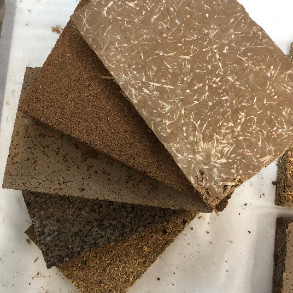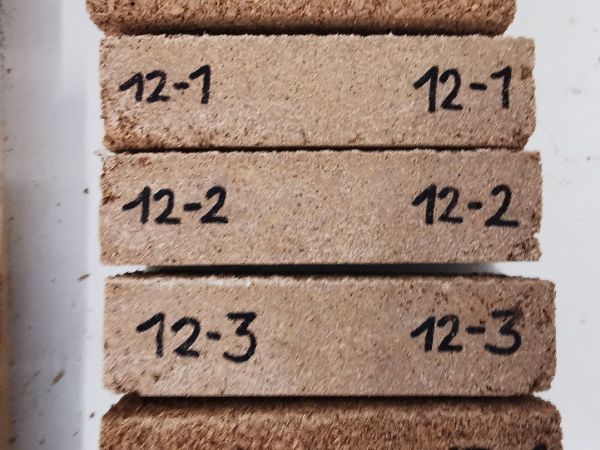Circular Bio Floor- Floor construction made from biomaterials
Short Description
Starting point / motivation
Biomaterials, or bio-based materials, can be defined as materials that consist of natural plants. The need to drastically reduce carbon dioxide emissions, resource consumption, and waste generation is undeniable. This necessity holds great potential, especially in the construction industry, considering that around 40% of total CO2 emissions currently result from building construction, use, and demolition.
In this context, flooring construction often has the poorest environmental performance. Floor structures are among the most utilized and stressed components of a building. Therefore, longevity and health safety are crucial for users. In the future, recycling aspects should be considered when choosing flooring structures. However, the recyclability of multilayer coatings significantly depends on the separability of individual layers.
In Austria, construction and demolition wood accounts for the largest share of total waste wood, amounting to 317,000 tons annually out of 1.3 million tons. Only a few economic sectors, such as the panel industry, recycle significant amounts of waste wood. In this process, synthetic adhesives and various bonding and separating agents are pressed into particle boards, which are only partially suitable for recycling. 42% of production residues and waste wood are used for thermal recovery.
Methods
In this project, a biogenic building material composed of production residues from the wood industry or agriculture and geopolymer binders is being developed. The newly developed biogenic building material is intended primarily for use in flooring construction as a subfloor or as a 3D-printed dry screed element in timber construction.
Different material properties can be achieved through various mixing ratios and depending on the type of biogenic waste. As the building material developed achieves an excellent environmental performance compared to concrete screed, in addition to many functional advantages, it helps reduce CO2 emissions and the consumption of primary raw materials. The ability to use fast-growing grasses instead of wood additionally contributes to the preservation of local forests and underscores our environmental responsibility.
Expected results
The corresponding manufacturing technology is being developed with mechanical engineering partners to process the materials advantageously as fill and casting compounds. Digital manufacturing methods such as 3D printing are being used to produce separable, demountable, and reusable floor segment panels, which can include cable routing and other functional features.
Project Partners
Project management
ParaStruct GmbH: Georg Breitenberger, Dr. Gregor Metzler
Contact Address
Parastruct GmbH
Speckbacherstraße 39
A-6020 Innsbruck
Tel.: +43 (664) 310 42 21
E-mail: info@parastruct.org
Web: www.parastruct.org


